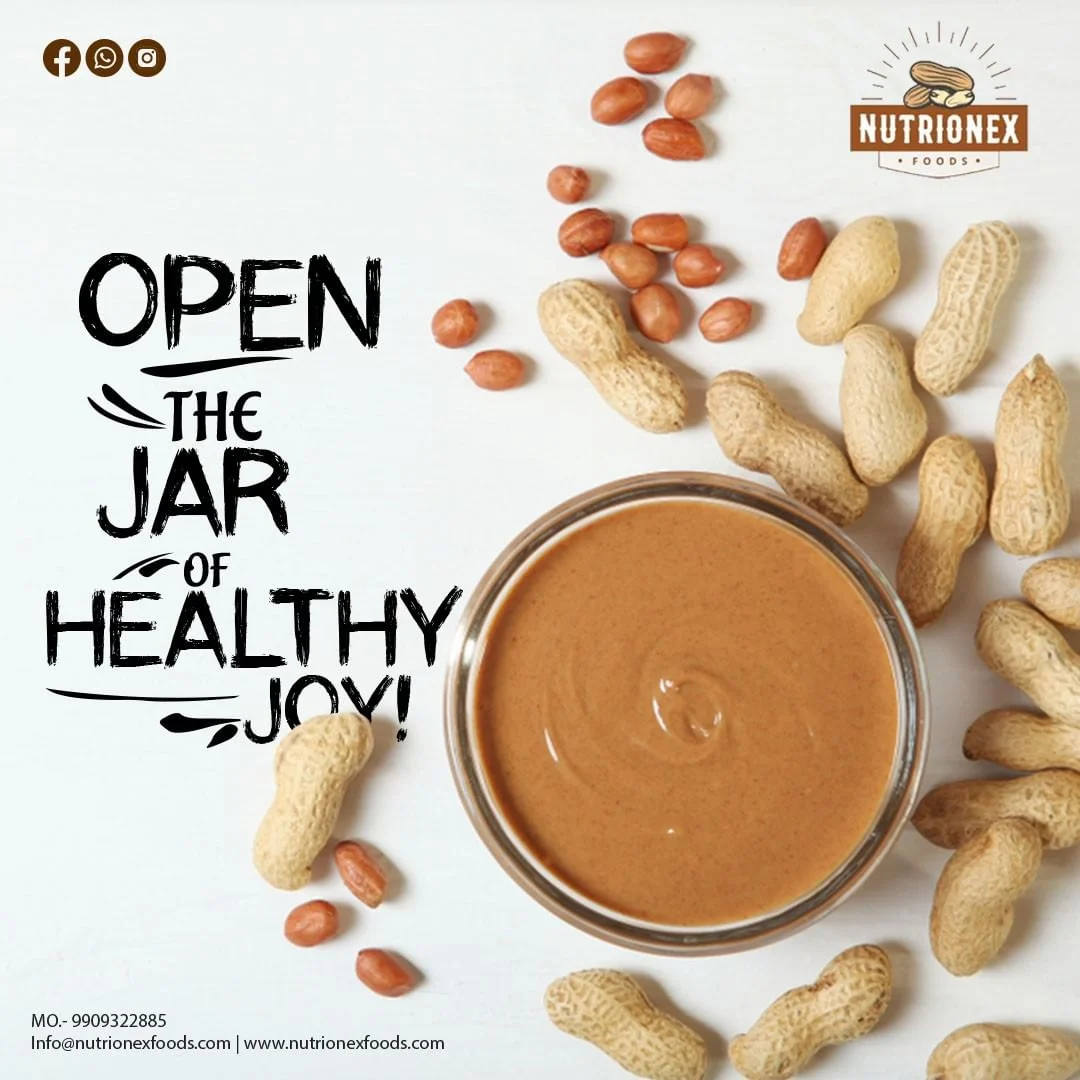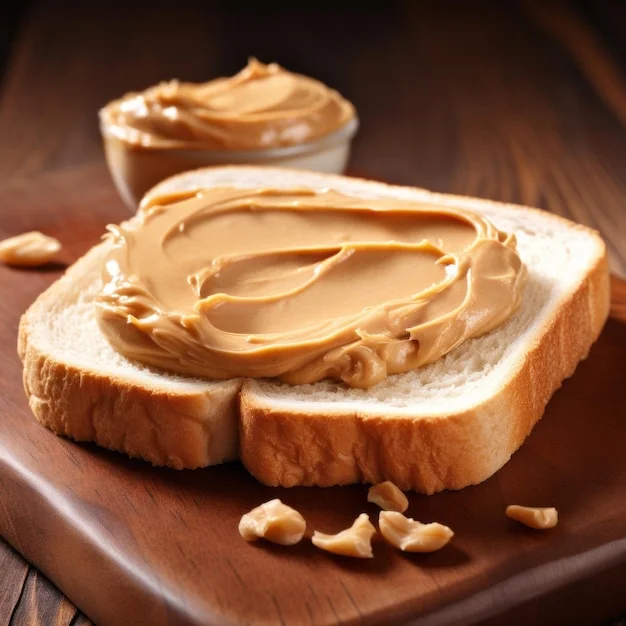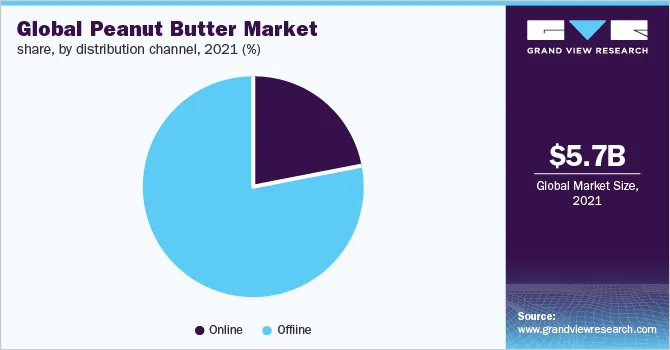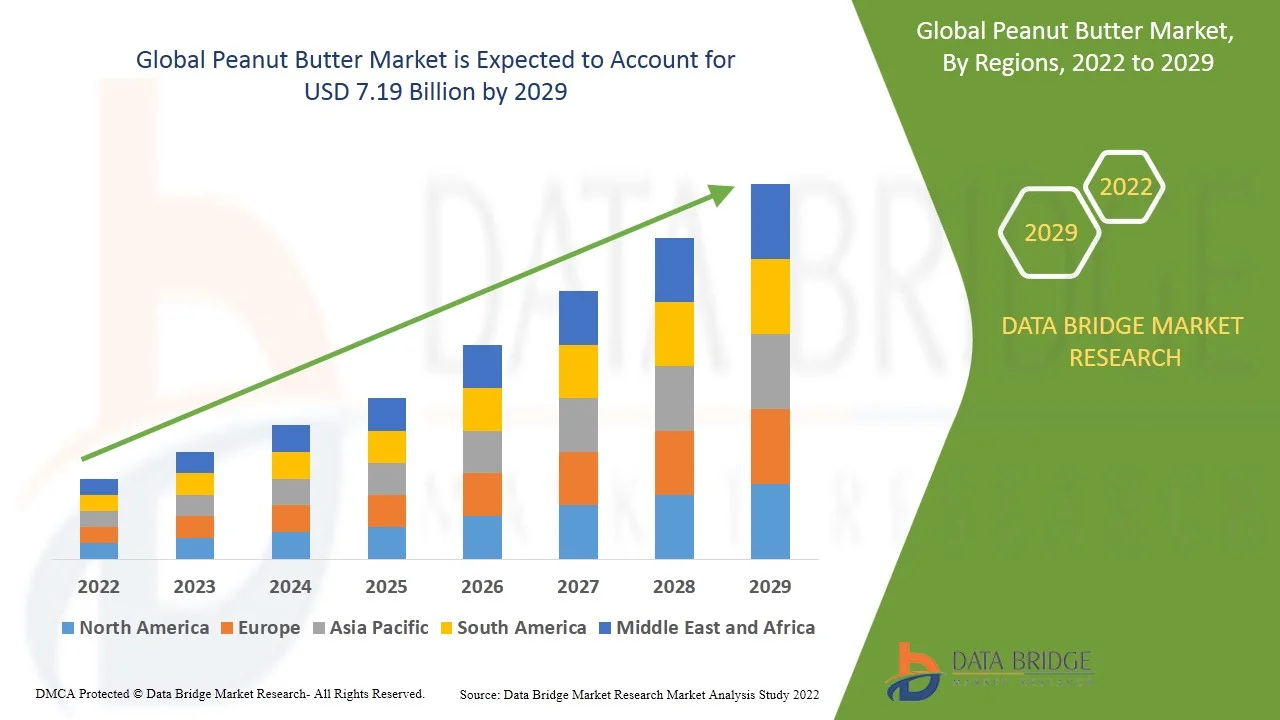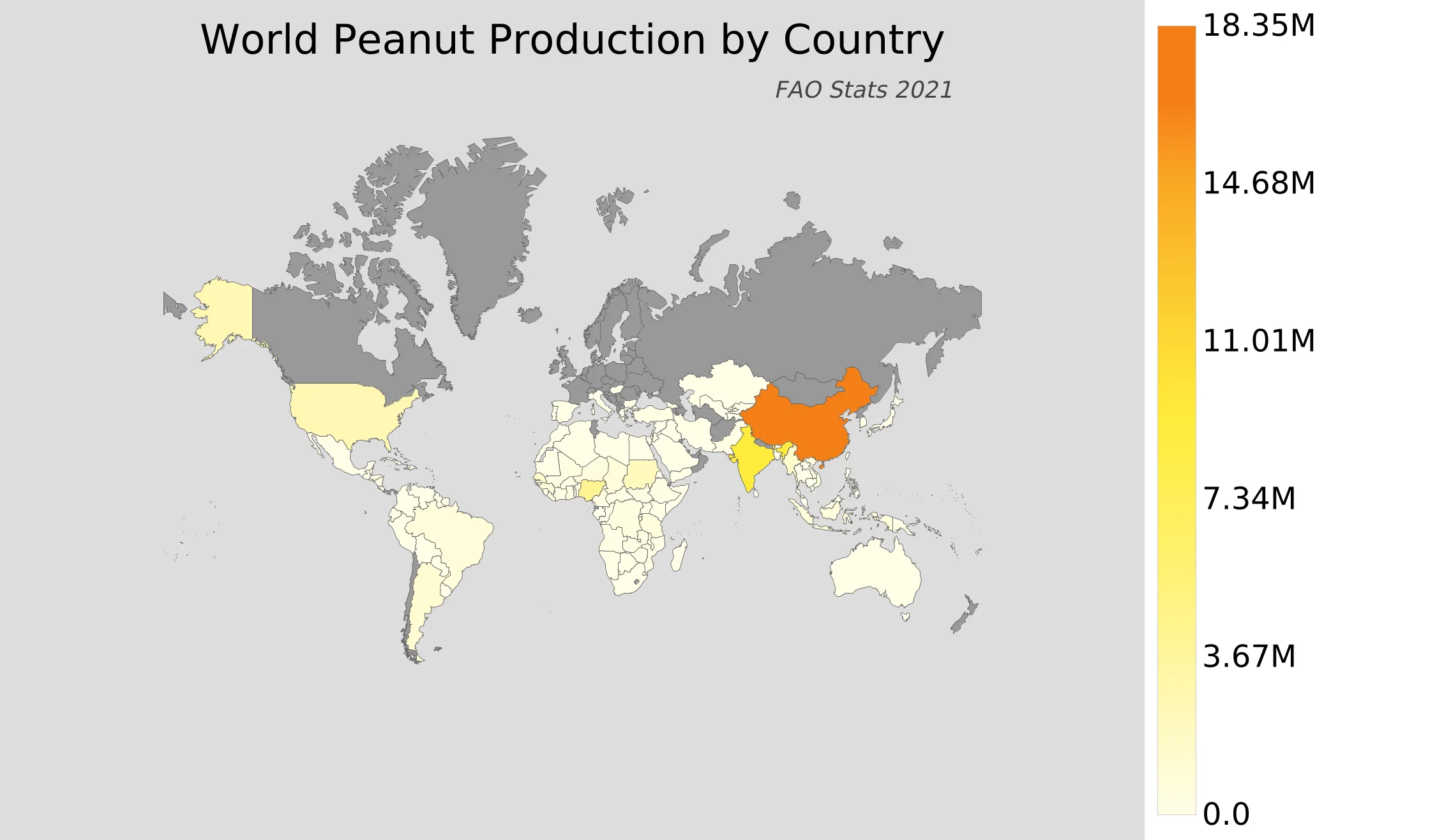
Peanut Butter: A Worldly Spread - Exploring Its Global Journey
You know that familiar creamy texture when you spread it on toast or dip your spoon in the jar for a quick snack. Peanut butter is a pantry staple that’s likely been in your life for years. But have you ever wondered about the origins of this protein-packed paste?
In this article, we’ll explore the fascinating global journey of peanut butter - from its roots in South America to becoming a dietary staple across cultures. You’ll learn about the peanut butter innovations that made it a hit in the US and how it went from a health food to a childhood classic. So grab a jar of your favorite peanutty spread and learn all about how peanut butter conquered the world!
The History of Peanut Butter: From Ancient Origins to Modern Times
Peanut butter has been around for centuries, dating back to the Aztecs and Incas.These ancient civilizations ground peanuts into a paste, using it as a source of protein and cooking oil.
When peanuts made their way to the U.S. from South America in the 1800s, Dr. John Harvey Kellogg began experimenting with peanut butter as a vegetarian source of protein. In 1895, Kellogg patented the process for making peanut butter.
Around the same time, C.H. Sumner began selling peanut butter out of his drugstore in St. Louis, eventually leading to the formation of peanut butter brands.
Peanut butter gained mainstream popularity in the early 1900s and became a staple during World Wars I and II as a cheap source of nutrition for soldiers. After the wars, peanut butter solidified its place in pantries across America.
Today, the average American consumes over six pounds of peanut butter each year, with popular brands and store brands occupying grocery store shelves.
Peanut butter has come a long way from its ancient origins, evolving into a spread enjoyed around the world. Although recipes and production methods have advanced, peanut butter remains a good source of plant-based protein and healthy fats. Whether you prefer smooth or crunchy, peanut butter continues to be a satisfying and nostalgic staple in kitchens everywhere.
Peanut Butter Around the World: Regional Twists on a Classic Spread
Peanut butter is beloved around the globe, but each region puts its own spin on this tasty spread.
Asia
In Asia, peanut butter takes on sweeter forms. In Thailand, satay sauce combines peanuts, coconut milk, and spices for a creamy dipping sauce. Filipinos mix peanut butter into kare kare, a peanut stew usually made with vegetables and meat. Chinese peanut noodles toss peanut butter with noodles, chopped peanuts and chili oil for a spicy-sweet treat.
Africa
Peanut butter is a staple in many African cuisines. In Ghana, groundnut stew simmers peanut butter with chiles, leafy greens and meat or fish. West Africans also use peanut butter in moin moin, a steamed bean pudding, and chichinga, fried peanut patties. South Africans spread peanut butter on bread just like in the US, but also add it to bobotie, a curry dish with raisins and an egg custard topping.
Middle East
Middle Easterners grind peanuts into creamy butters and pastes like Egyptian dukkah, a mix of nuts, spices and olive oil used as a dip. Lebanese muhammara is a spread of walnuts, red peppers, olive oil, and pomegranate molasses with a hint of peanut butter. Halva, a sesame-based candy, sometimes contains peanut butter and pistachios.
Whether as a dip, stew, or spread, peanut butter brings its nutty flavor to dishes around the world. How will you discover your new favorite way to savor this global ingredient?
The Future of Peanut Butter: Innovations and New Markets
There has been quite an evolution in the peanut butter sector, since the time peanut butter was first manufactured in the early 1900s, to meet the tastes of the world consumer. New variations are being derived—organic and all-natural, or those that are mixed with ingredients such as honey, chocolate, or coconut to appeal to a different kind of palate.
Growing Markets
Global wealth and connectivity have raised demand in all developing nations. This is one of the most versatile and inexpensive sources of plant-based proteins and highly recommended in cases of malnutrition. It is used in parts of Africa, Asia, and South America. Major peanut butter brands are expanding into these emerging markets, tailoring their products to local tastes.
New Ingredients & Flavors
You do find in the West a place for those natural and organic peanut butters, which are made from nothing more than peanuts and a bit of salt. The far end consists of the ones mixed with all kinds of other flavors, like honey, chocolate, banana, or coconut for people with a sweet tooth. Nut-free and reduced-fat varieties also provide options for those with dietary restrictions.
Innovative Packaging
As types of peanut butter diversified, so did the packaging. Today, peanut butter exists in single-serve pouches and portion packs, all the way through to resealable tubs and jars, to offer ultimate convenience and portability. Some brands have also experimented with biodegradable and compostable packaging so that the environment might not get polluted.
Quite the journey for just the simple peanut butter sandwich: growing global demand, diversifying flavors, and packaging innovations. The future for this worldly spread is set to only get better. Peanut butter is en route to securing the mandate of the pantry in countries across the globe.
Overview of Peanut Butter Consumption Worldwide
It is enjoyed all around the world, but the regions that produce them have a great percentage of the benefit. Those that consume foods made of peanuts also use them as a spread and use them to make peanut butter. In the Western world, which includes the United States, Canada, and part of Western Europe, they enjoy and use peanut butter in recipes. American consumers eat an average of 3 pounds of peanut butter per person each year!
Popularity in Asia and Africa
Peanut butter has been gaining popularity in some Asian and African countries in recent years, though at a slower rate. In China and other East Asian countries, peanut butter is still a novelty ingredient used mainly by home cooks and baking enthusiasts. However, major food brands have started selling peanut butter in China to tap into its growing popularity.
Health benefits and affordability
Two factors driving the global spread of peanut butter are its nutritional benefits and affordability. Peanut butter is a good source of plant-based protein and healthy fats, as well as vitamins and minerals like niacin, magnesium, and vitamin E. It is also budget-friendly, especially compared to other nut butters, making it appealing in developing countries.
Cultural influences
Cultural influences also impact how peanut butter is perceived and consumed around the world. In countries where peanuts and peanut-based recipes are already popular, peanut butter has been more readily adopted as a cooking and baking ingredient. However, in places where peanuts are less common, peanut butter may be seen as an exotic foreign food. As globalization continues, cultural attitudes are evolving, and peanut butter is gaining mainstream appeal worldwide.
Overall, while peanut butter has not yet achieved global domination, its popularity is steadily spreading beyond Western borders. As its health benefits, affordability, and cultural acceptance grow on an international scale, peanut butter will likely become a staple ingredient in kitchens around the world.
Major Peanut Butter Producing Countries
United States
The U.S. remains the world's leader in peanut butter production and is likely to continue that way, with much of the world's peanut production being conducted in Georgia, Texas, and Alabama. Born in the U.S., big brands have fueled an American love for peanut butter through generations.
China
China is the world's second-largest producer and consumer of peanuts. Chinese peanut butter is quite coarsely ground and, unlike its American-style cousin, which is smooth and creamy in texture, it is much oilier. Peanut butter is, in most instances, a dip used in sauces or combined with a base to make a sauce or marinade.
India
Mainly, peanuts have been cultivated in India for the production of oil and export purposes. Now, the trend for peanut butter is rising, especially for those consumers who are more conscious of their health. By and large, Indian peanut butter is made from roasted peanuts grounded into a mixture of chunky paste and smooth paste. It has an earthy, nutty flavor and is considered a good source of protein for vegans and vegetarians.
Argentina
Argentina leads the world in peanut and peanut butter exportation, but ranks in fourth place after the US, China, and Vietnam in terms of peanut production. Argentine peanut butter is usually unsweetened and has a very mild, light flavor of peanuts, with a creamy texture of medium thickness. It is most popularly eaten by spread on bread or as a dip for fruit such as apples or bananas.
As peanut butter demand grows in the world, leading producing countries are increasing their yields and quality. Most growth potential is in new markets across Asia, Africa, and South America. Though tastes and textures may differ with positions in geography and culture, one is united in accepting that it is a very rich food source and also very fulfilling universally.
Conclusion
And there you have it. Who would have known that the unimposing peanut butter and jelly sandwich, most of us had growing up in all kinds of varieties, has roots all around the world? From its origin in South America, to its migration into Africa and Asia, and then its popularization in the US, peanut butter has certainly done a bit of traveling. And along the way, it's taken on new forms like satay sauce in Indonesia and pastes in West Africa.
The next time you make yourself a PB&J or just have a spoonful of peanut butter straight from the jar, remember that you're enjoying food with an amazingly international history. Pretty cool that this little spread can connect us to cultures halfway across the world!
